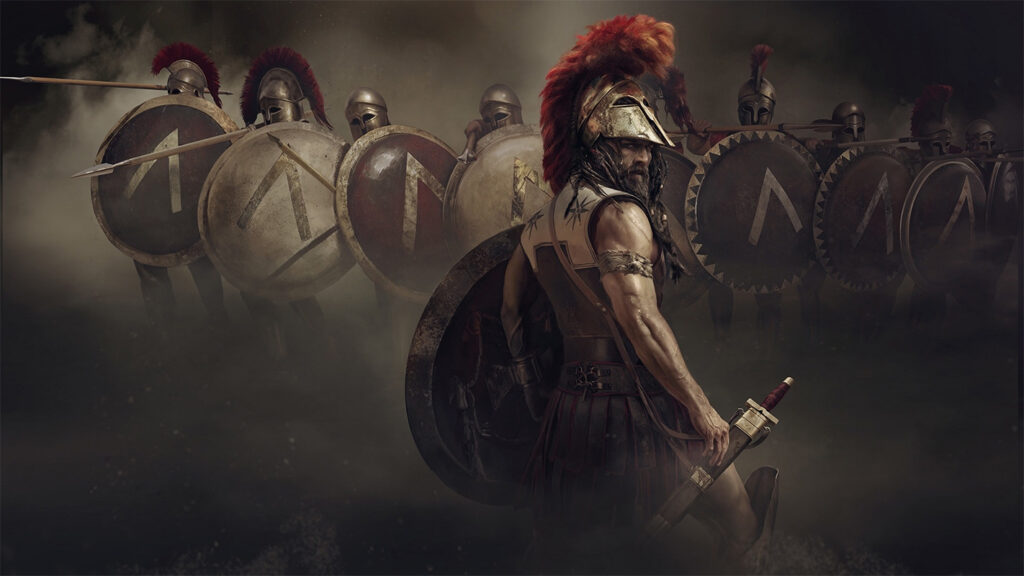This week’s reading through 1st and 2nd Maccabees often had me step back to think about what I just read. Throughout the week, I shared some of the details about events that transpired in both books. The overall pattern of conflict resolution and individual behavior among leadership figures was especially repugnant compared to Western society today. Governments, political strife, and military encounters were historically and utterly corrupt and profane in the worst sense of meaning or semantic range. The fullest reach of depravity in a very short concentration of time leaves the reader to ask how conditions and the extent of evil could have been any worse so far distant from the comparative events of Genesis six.
As compared to the Old Testament and New Testament, the density of cross-national slaughter appears hyper-elevated around the events within this time recounted in the Apocrypha. The constant and at times accelerated rate of destruction and death leaves one to wonder how various regions’ birth rates could keep up. Especially at the rate by which soldiers and mercenaries were subdued in conflict after conflict. Both in Josephus and Maccabees’ written accounts of killed were ten thousand here, then 60,000 there, again and again, 20,000, 80,000, 120,000, and lather, rinse, repeat on a cycle. On and on and on, the regions were at war against each other and the people of YHWH.
These were not just stories we read. These were stories about real people who lived daily lives between the Old and New Testaments. At a time when the prophets fell silent, there was no prophetic voice other than Scripture and the arrival of Christ as prophesied in Old Testament literary work. Each culture and society under trauma by siege, physical and spiritual oppression, persistent violence, starvation, enslavement, torture, and perpetual subjugation.
While the books of 1st and 2nd Maccabees together provide historical details about events during the intertestamental period, there are a number of similar motifs, terms, and conditions that appear in the writings at that time. Common OT and NT use of terms such as “Covenant,” “Sackcloth,” “Sinner,” “Sacrifice,” “Offering,” and “Plunder,” appears both across both covenants and each one is unique to each side of the intertestamental period. Israel and Jerusalem were ever surrounded by hostile nations or temporary allies that really never experienced an extended period of stability. Whether from the Assyrians to the North, Egyptians to the South, Rome, Greece, Sparta, Idumea, Persia, and other surrounding adversaries, the underlying strain of hostilities stemmed from the four generals who spawned after the death of Alexander the Great during his campaign of imperial endeavor.
The prophecies of Daniel have an explanatory power to fully grasp what was to occur in the distant future during the time of the Maccabees. Specifically, the depth and range of havoc and devastation the Ptolemy and Seleucid dynasties placed upon the intertestamental world. Right before the birth of Christ, these events and conditions characterized by the presence of priests, kings, traditions, paganism, religious observances, festivals, betrayal, treaties, and so much strife were to inevitably converge to a time unlike any before it.
As a sort of anchor, it seemed necessary for me to think back about what had occurred to the table of nations from Genesis 10 all the way to the arrival of the Kingdom of God through Christ’s crowning achievement at the cross. I had to revert to my overall biblical worldview.
Another example was back during the Canaan conquest, as Moses and Joshua’s people were led to their appointed land. The loss of life as a percentage (though necessary) was enormous. The later ongoing enmity between ancient surrounding nations, such as Edom, Moab, Egypt, Assyria, and Persia, was self-inherent while an evil spiritual bearing was present and in full force. Remember in Daniel when the archangel Michael was in conflict with the princes of Persia and Greece? The message correlated to this prophesied time recounted 2 Maccabees.
“Then he said, “Do you know why I have come to you? Now I must return to fight against the prince of Persia, and when I am through with him, the prince of Greece will come. 21 But I am to tell you what is inscribed in the book of truth. There is no one with me who contends against these princes except Michael, your prince (Dan 10:20-21). The prince, in this sense, from the root text, references a supernatural being. And I strongly suspect applies to other nations, too.
Who was Michael, the archangel? Who were the “princes” he fought? What were they doing and why? Why was Michael the prince of Israel to defend them? It without question appears to me that the underlying causality was of darkness upon humanity. With humanity’s participation, the evil governance and presence of the fallen angels were given to the disinherited nations scattered in Genesis 11. To me, it is a plausible theological explanation of why and how so much evil and destruction permeated the region across generations BECAUSE THEY WERE AND ARE STILL ACTIVE. More specifically, either by direct or indirect judgment as prophesied by Daniel or through their presence and struggle for control and power to serve their interests in opposition to the “Kingdom of Priests” then and the Kingdom of God now.
Recall in 2 Maccabees the presence of angelic figures that fought for the people of YHWH? It’s the same principle, where the adversaries were not just opposing human forces, but what was behind them. Through them, among them, and upon them to perpetuate the sovereign will of the Most-High.













Comments are closed.